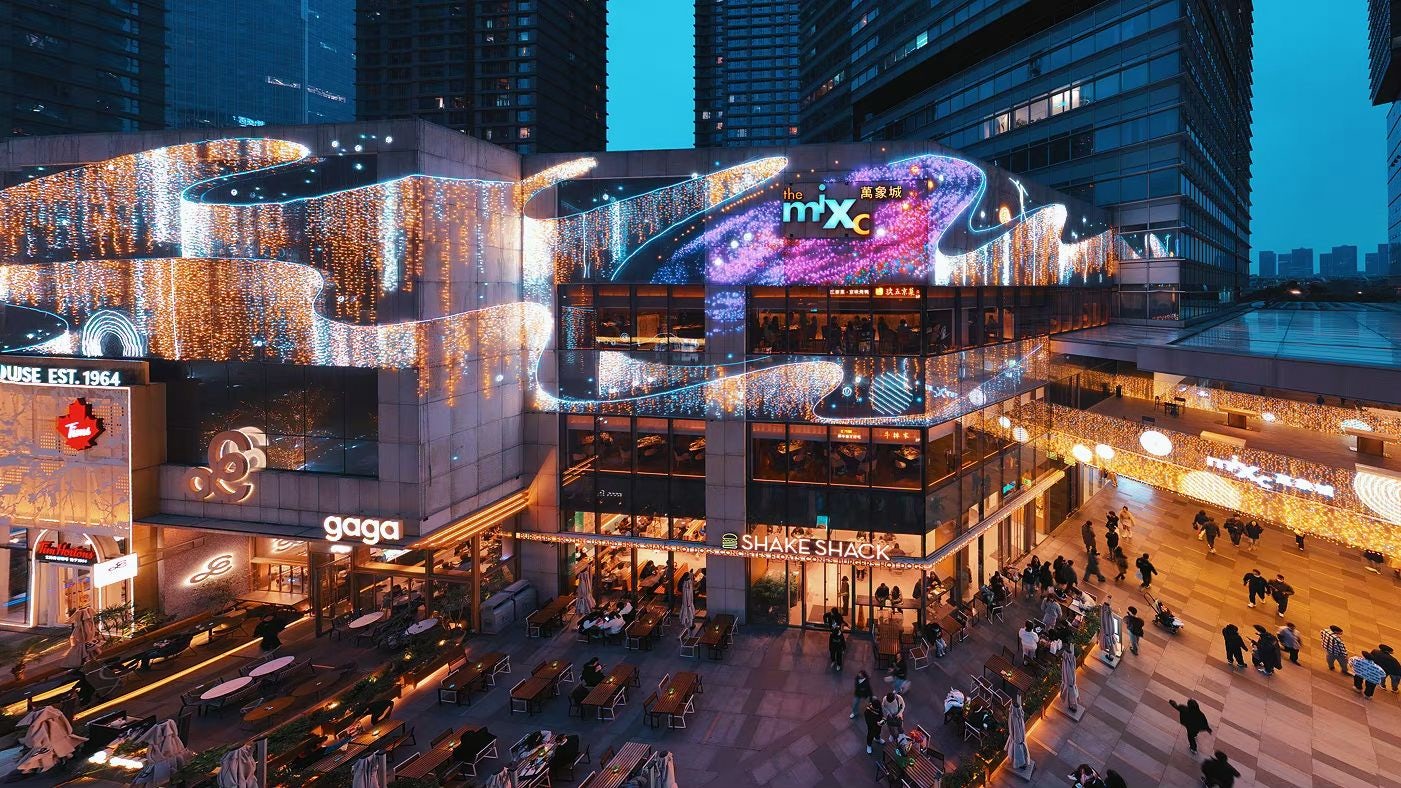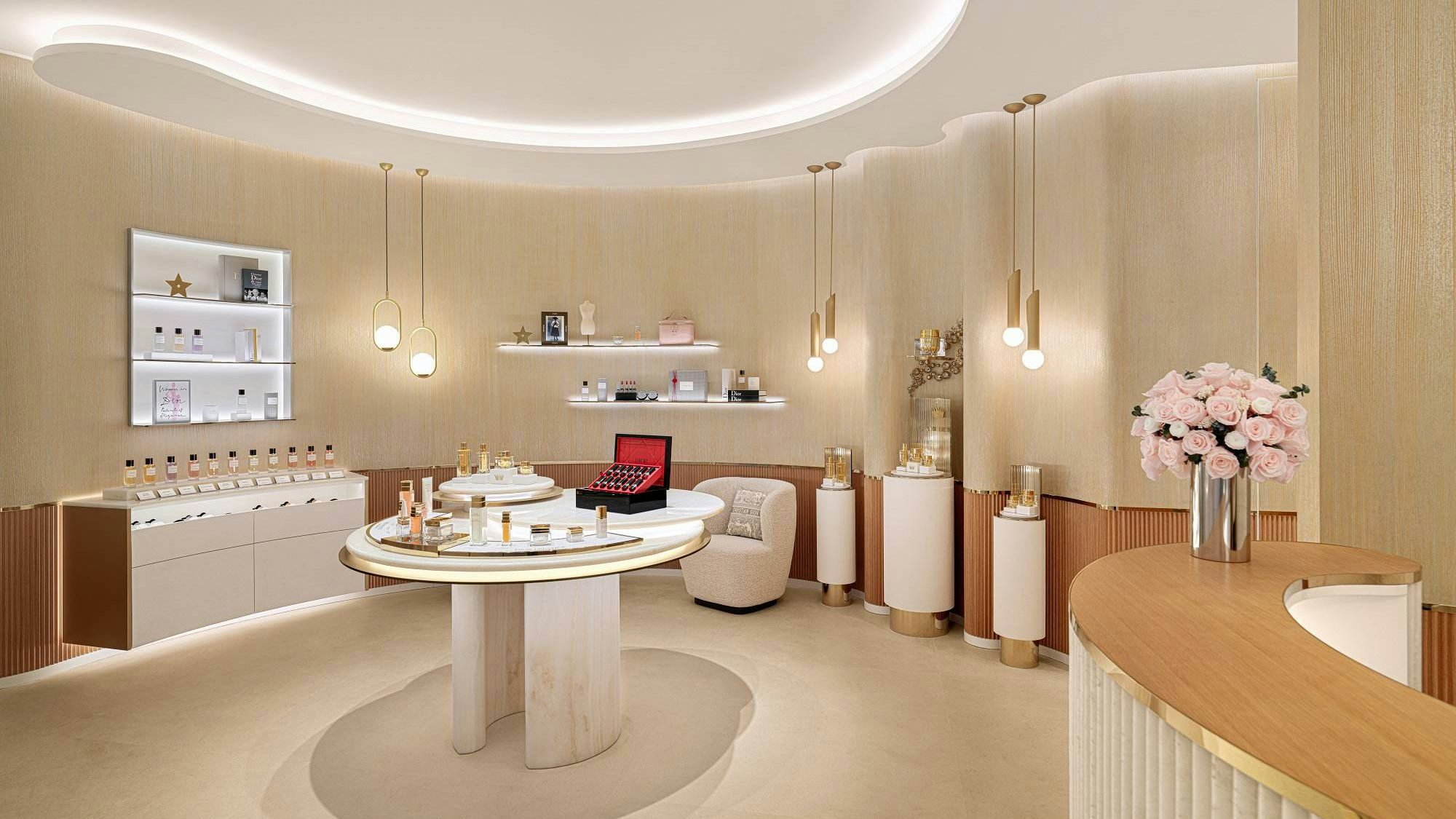What happened
Boston Consulting Group (BCG) recently released its 2023 Chinese Future Consumers Report, which focuses on generational differences. The report predicts that, from 2022 to 2030, China’s middle and upper classes will increase by over 80 million to account for 40 percent of the country’s total population; 70 percent of this affluent demographic will be located in third or lower-tier cities.
From about 9,000 survey responses, BCG found that the number of consumers who intend to spend less on luxury in the next 12 months is 3 percentage points higher than those who plan to spend more. By comparison, 13 percent and 27 percent of respondents indicated that they intend to purchase more sports and healthcare products in the same period, respectively.
Another key finding is that Gen X and Gen Y, defined as those born between 1965 and 1994, are more willing than Gen Z consumers to acquire high-end items and services, such as luxury products, automobiles, premium dining, and tours. In this category, the older demographic groups each have a future consumption index of 117, compared to Gen Z’s 78.
The Jing Take
The BCG report paints a nuanced profile of Chinese consumers. On the one hand, there’s still plenty of room for luxury houses to expand in China. With the majority of China’s new middle-class population coming from low-tier cities, brands have all the more reason to enter emerging urban areas that are yet to have a substantial luxury presence. This finding corroborates recent initiatives by China’s luxury malls to move into smaller cities.
On the other hand, while China is expected to account for 25 percent of the global luxury market by 2025, its consumers are also increasingly frugal. Similar to BCG’s findings, an earlier survey by Deloitte shows that 57 percent of Chinese respondents claim that they will only purchase what they need. Therefore, luxury brands should not take Chinese consumers’ spending power for granted.
Moreover, the report highlights the considerable spending power of middle-aged Chinese consumers. While Gen Z has deservedly become the focus of brands, Gen X and Gen Y are generally more financially established due to their steadier sources of income and larger stash of savings. Indeed, Hurun’s survey of China’s high-net-worth individuals this March found that their average age is 36.
Of course, some preferences are shared by Chinese consumers across age groups. For instance, the pursuit of a healthier lifestyle is evident in rising demand for sports, and wellness products, a testament to China’s blossoming spiritual economy in the wake of the COVID-19 pandemic.
Luxury labels should not interpret the findings of the BCG study as a call for them to drastically alter their existing consumer engagement strategies in China. As time goes on, Gen Z consumers will gradually become the backbone of China’s workforce and accumulate more wealth. Establishing a presence in promising lower-tier cities early on could also enable brands to reap long term benefits. The key takeaway for luxury labels is to avoid viewing Chinese consumers as a monolithic whole, and to tailor their offerings to China's rapidly diversifying customer groups as much as possible.
The Jing Take reports on a piece of the leading news and presents our editorial team’s analysis of the key implications for the luxury industry. In the recurring column, we analyze everything from product drops and mergers to heated debate sprouting on Chinese social media.


